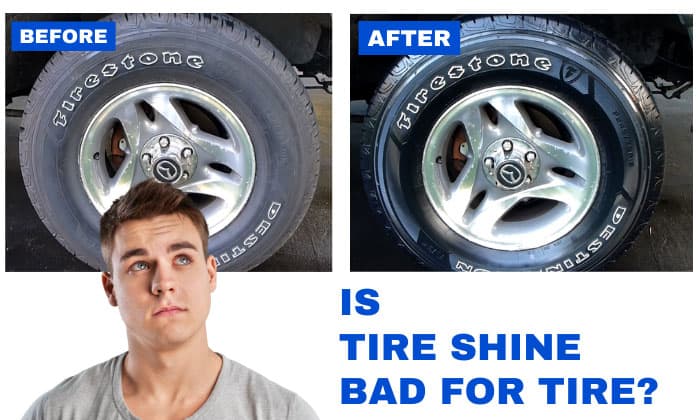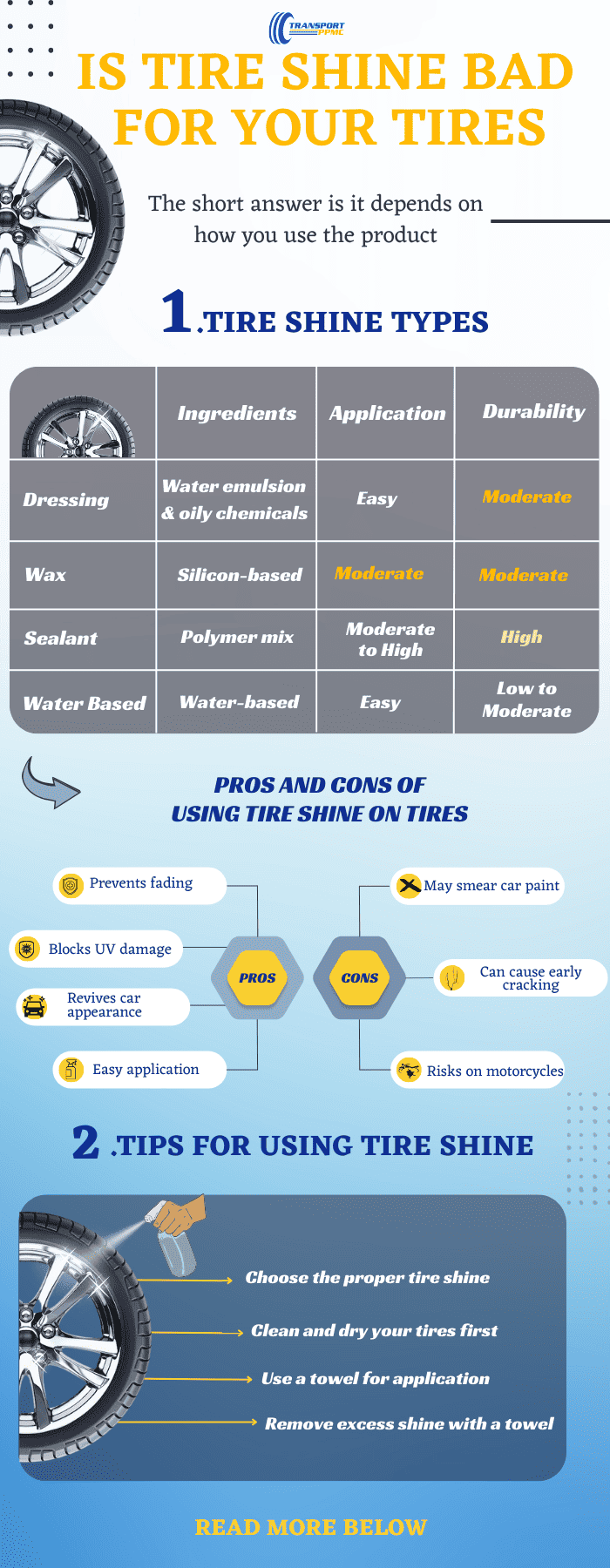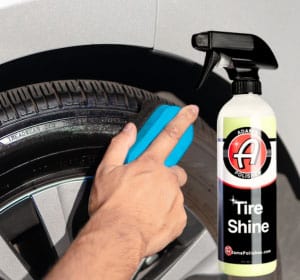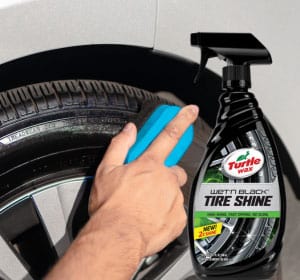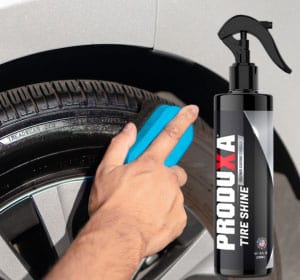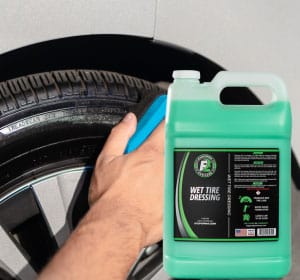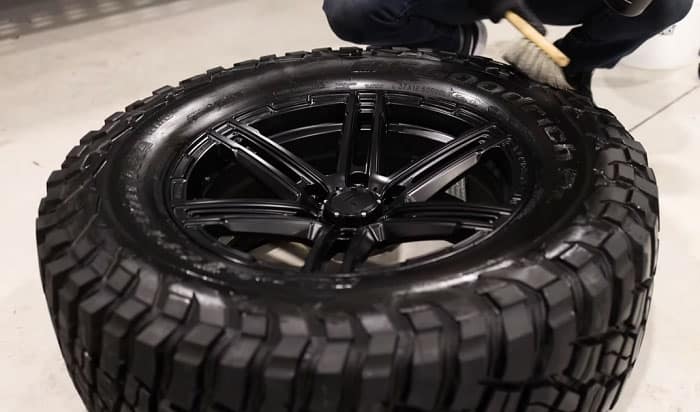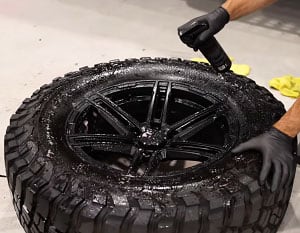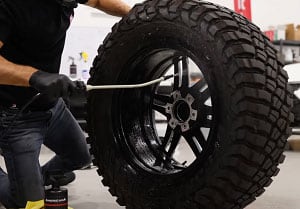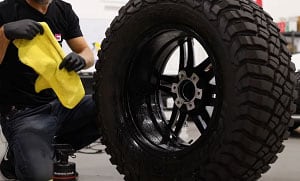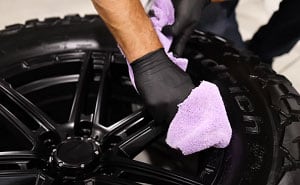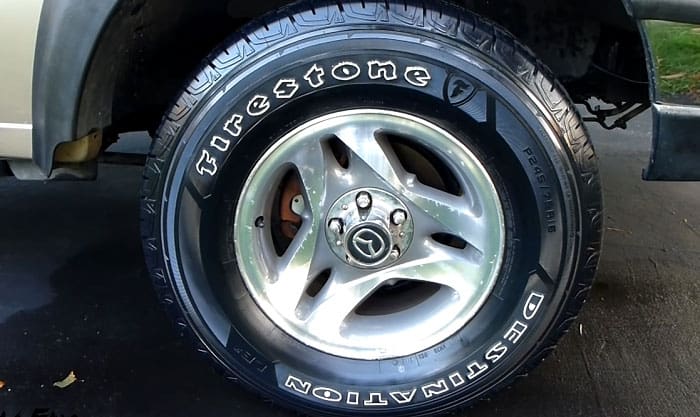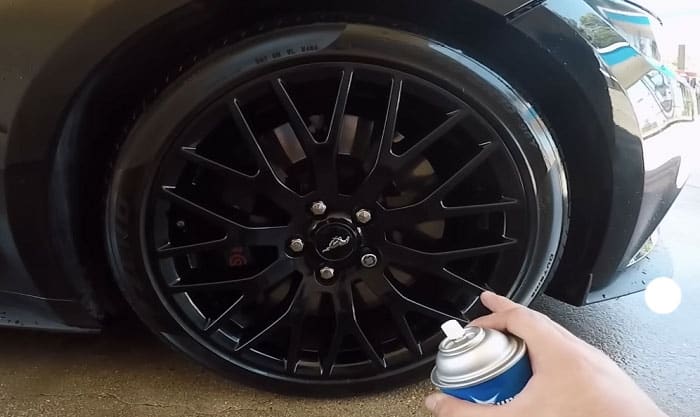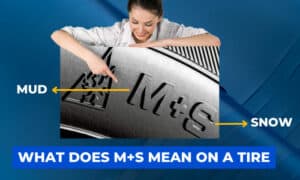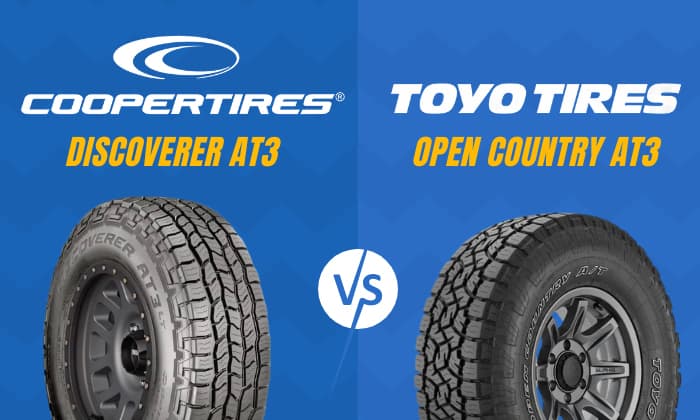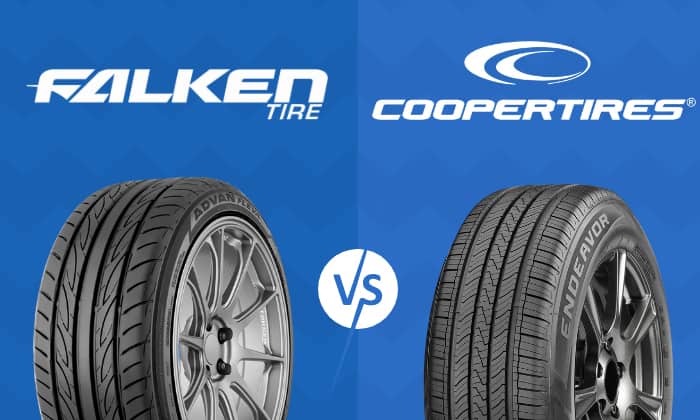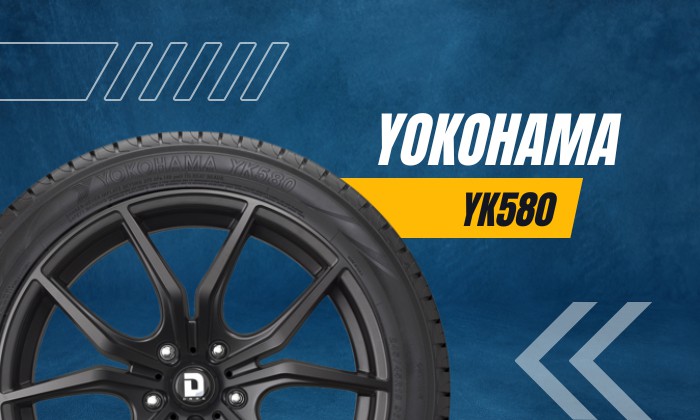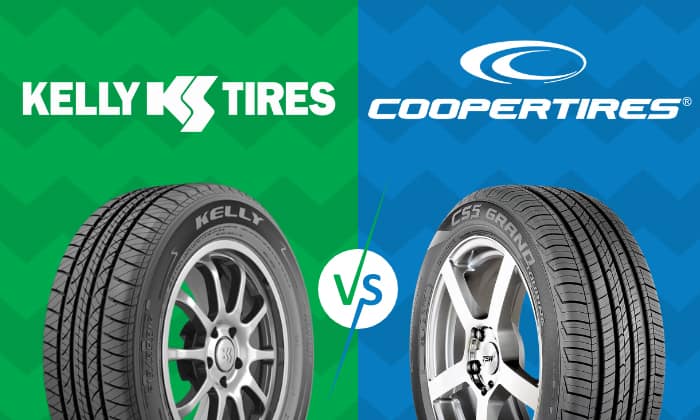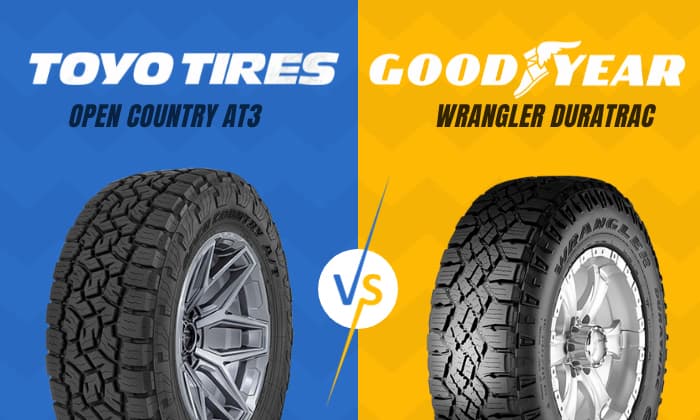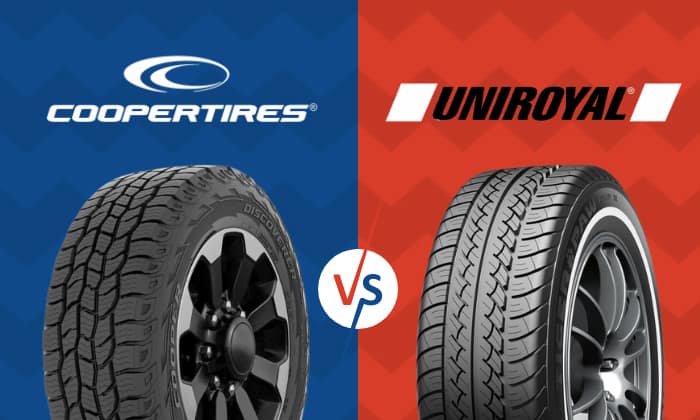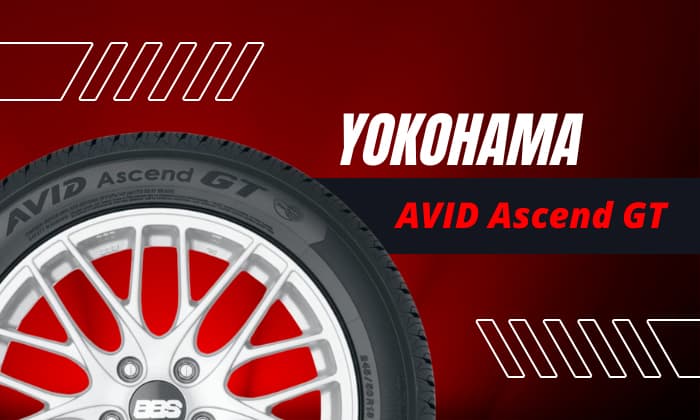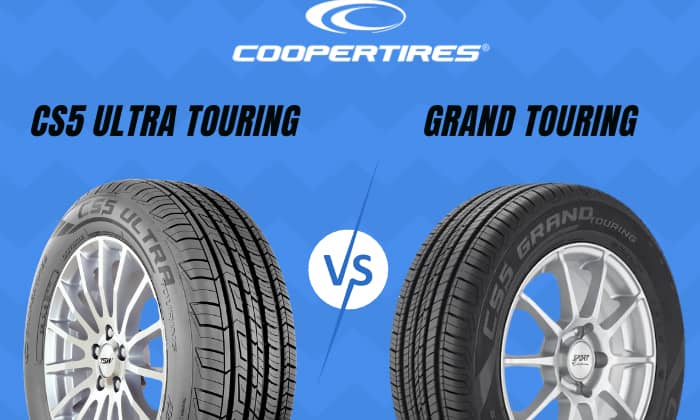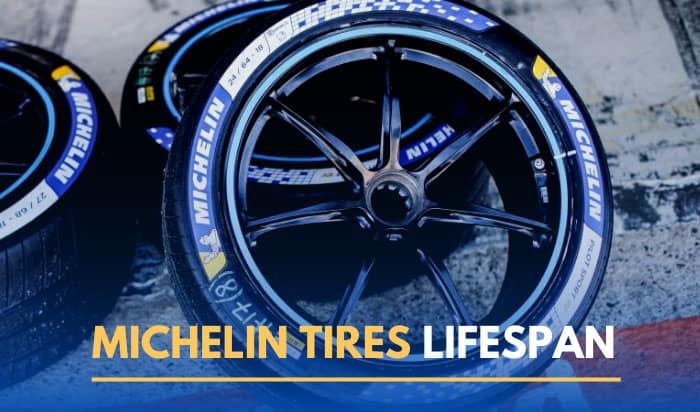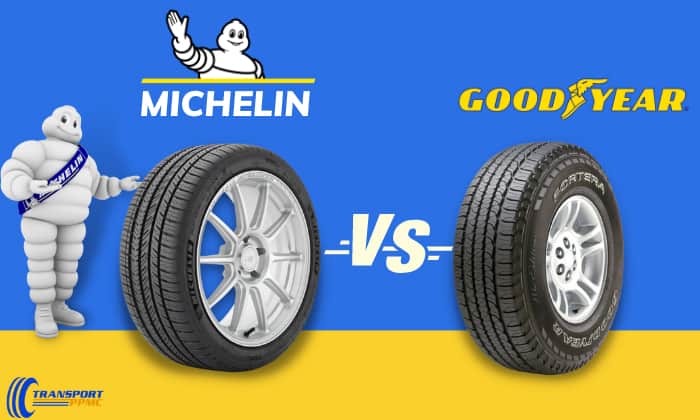Is tire shine bad for your tires and something to avoid when servicing your car? Tire shine makes your tires look good and reduces the risks of defects. On the other hand, using this product or using the right type of tire shine can help your tires.
Tire shine can protect your tires from UV rays, pollution, and grime if properly applied. Follow this guide to learn more about tire dressing and using them correctly.
Table of Contents
Tire Shine Overview
Below is a detailed overview of tire shine and its effect on your tires.
1. What is tire shine, and how does it work?
As the name suggests, this product is all about making tires shine by adding a wet layer on their surface. Shines also add a shield against water and dirt that can harm your tires.
Note that shines do not restore your tire’s condition. All tires gradually dry the moment they are made since nearly all rubber. Tire shines hide the wear and tear on the surface to make your tires look new.
2. Types
Tire shines come in different types based on their ingredients. Here are three of the most common tire shines:
01 DressingOil-based tire shine is called dressing since they are made from water emulsion and oily chemicals. You can easily find dressing-type shines outside of auto shops, such as groceries since these are the most common type of tire shines.
The petroleum or silicon-based ingredients in dressing create an anti-water barrier on the surface of your tires. This layer stops moisture from seeping into the pores while protecting your tires from UV rays and other harmful elements.
02 WaxWax shines uses silicon-based ingredients to create a protective barrier on the surface of your tires. The barrier makes your tire looks new while reducing the harmful effects of the sun and pollution.
Due to the product’s ingredients, you need extra effort if you use wax shine on your tires. Tires require cleaning before applying your wax shine. Buffing after applying wax shine is also needed to achieve the best possible look for your tires.
03 SealantSealants are tire shine made of a unique mix of polymers that creates a long-lasting coat on the surface of your tires. This tire shine creates a strong bond by penetrating the tire’s surface. If adequately applied, sealants can provide a protective barrier to your tires for up to 12 months.
04 Water BasedWater-based tire shine tends to come as a gel or spray. Unlike solvent-based shine, this product does not contain petroleum or other chemicals that harm your tires if misused. Water-based dressing mixes silicone fluid and water using surfactants or other emulsion methods.
3. Pros and cons
There are several good reasons to use tire shine for your tires. On the other hand, tire shines can also be bad for your car.
Pros
- Proper application of shine can prevent fading of your tire’s color.
- Tire shine blocks UV rays that can cause dry rot or cracking.
- Your tire’s shine will make your car look new.
- Tire shines come in spray or aerosol cans for easy application.
Cons
- Solvent-based strays can create unwanted smear marks on the car paint.
- Tire shines with petroleum distillates can cause premature cracking.
- Applying tire shine to a motorcycle makes the vehicle prone to accidents.
Potential Risks of Using Tire Shine on Tires
1. Negative effects
There are tire shines that are bad for paint.
- Solvent-based shines that stick to the car wall collect dirt. The dirt can permanently damage your paint if these splotches are not cleaned.
- Be careful of using solvent-based tire shines that have Hexane. This chemical is a neurotoxin that has a negative long-term effect on the central nervous system. Using shines with Hexane can cause dizziness, nausea, headaches, and even loss of consciousness.
- The solvent-based shine can also lead to tire cracking, damaging the tire traction in the long run.
- Tire shine also does not work on motorcycles as it will lead to damage really quickly.
2. Factors that contribute to damages
Tire shine damage tires if it contains petroleum-based ingredients. Petroleum distillates within the shine penetrate the rubber of the tires, which removes the natural oil within the surface.
Tires are prone to drying, cracking, and discoloration without natural oil after the shine wears off.
Tips for Using Tire Shine Safely and Effectively
Here are several excellent tips that let you get the most out of your tire shine while keeping your tires and paint safe.
1. Choose the proper tire shine
Water-based tire shines are an excellent choice for your tires and paint. Water-based dressings are safe since they do not contain ingredients that can easily hurt your tires or paint. This type of dressing is also easy to remove, while silicon-based dressings require a degreaser for complete removal.
2. Clean and dry your tires first
Thoroughly clean and dry your tires before applying any tire shine. Cleaning will remove any debris or grime that can hurt your tires underneath the shine. Drying your tires decreases the risk of tire dressing flinging to your paint.
3. Use a towel for application
Avoid applying your tire dressing directly onto the tire. Instead, dab a small amount of the product onto a microfiber towel to spread the dressing onto your tire. This method ensures an even application of your tire dressing.
4. Remove excess shine with a towel
Too much dressing does not provide extra protection to your tires and increases the chance of creating shine splotches on your paint. Use a dry sponge or towel to remove any excess shine from your tires since these can efficiently absorb the product from your tire and leave enough behind.
Alternatives to Tire Shine
There are natural tire shine alternatives that are made from ingredients you can easily find in any home. Plant-based oils, including vegetable, olive, castor, and lemon oil, can create a glossy shine on your tires. Natural dressings are much cheaper than most tire shines and are eco-friendly.
Keep in mind that these alternative dressings do not provide the same protection against UV rays as any professional tire shine. Natural oil is also a magnet for dirt, forcing you to clean your tires shortly after applying these alternative shines.
Frequently Asked Questions
Are tire shines bad for rims?
Most tire shines do not harm your rims. Removing any dressing that accidentally drops to your rims with a microfiber towel is recommended.
How often should I apply tire shine?
Apply another set of tire shine only when the old one has worn out. You will know the dressing is gone from your tire’s if it does not have that glossy look.
Can tire shine cause tire cracks?
Petroleum-based tire shine can remove your tire’s natural oil and make it prone to cracks when the dressing wears off. Using water-based gels or professional tire dressing is a good idea to protect your tires.
How long does the tire shine last?
The best tire shine takes at least three weeks to last on your tires. If your tires have to go through the rain or intense dry season, the dressing wears off sooner.
Conclusion
Is tire shine bad for your tires, as other vehicle owners have said? Most tire dressings that do not contain petroleum or oil-based are safe for your tires. However, solvent-based tire shine can cause long-term damage to your car paint if you do not remove any excess after application.



